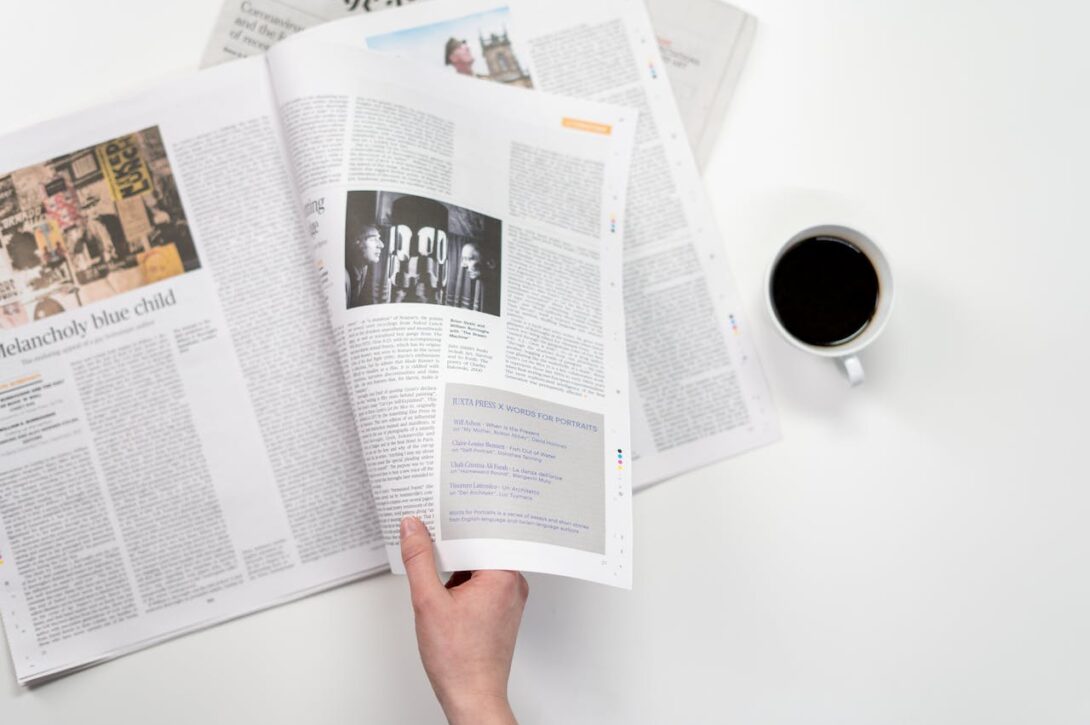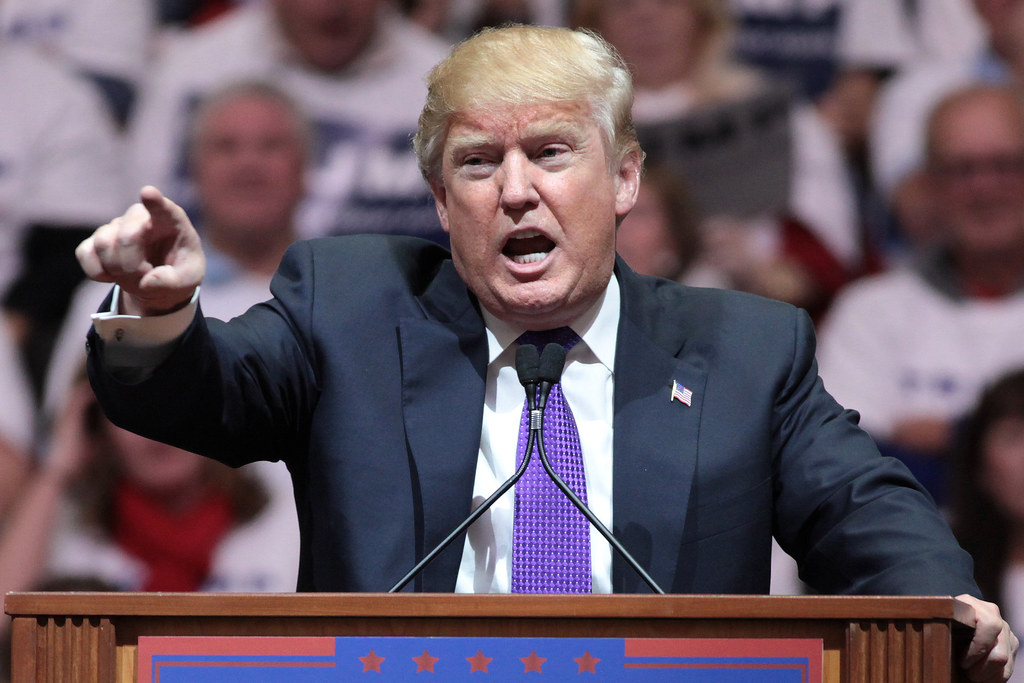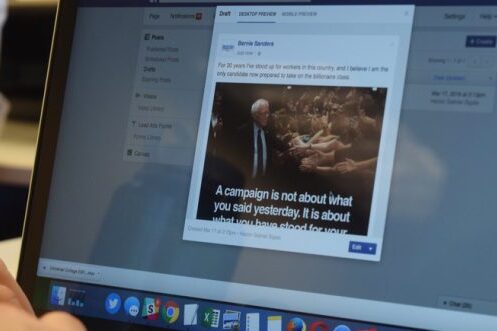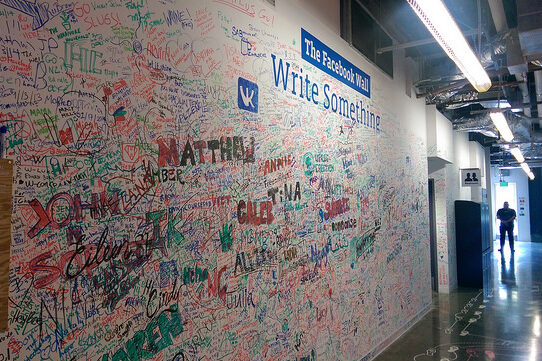Tag: social media
News
- Articles from Policy & Internet
- Books
- Call for Papers
- Child Safety
- Collective Action
- Conferences
- Democracy
- Development
- Economics
- Education
- Environment
- Ethics
- Governance & Security
- Health
- Interviews
- Mapping
- Methods
- Policy
- Politics & Government
- Publications
- Social Data Science
- Submissions Closed
- Tools
- Video
- Wellbeing
-

Follow to be followed: Analyzing The centrality of Ministries of Foreign Affairs in Twitter Networks
—
Through Twitter, diplomats can comment on world events in near-real time, narrate their state’s actions…
-

Hate speech by political actors on X. The Spanish case.
—
Political agents utilize digital platforms as alternative venues to solidify their ideological stances, employing rhetorical…
-

The Definition Conundrum: What is Online Political Advertising and How do we Regulate it?
With political advertising increasingly taking place online, the question of regulation is becoming inescapable. In…
-

P&I Special Issue 2023 Call for Paper – Datafication. Platformisation. Metaverse. Global Internet Policy or a Fractured Communication Future?
Within our current online and hyper-connected lives, is it possible to have such a thing…
-

Censorship or rumour management? How Weibo constructs “truth” around crisis events
Examining the content moderation strategies of Sina Weibo, China’s largest microblogging platform, in regulating discussion…
-

How policy makers can extract meaningful public opinion data from social media to inform their actions
Examining how the information available on social media can support the actions of politicians and…
-

Social media and the battle for perceptions of the U.S.–Mexico border
—
in InterviewsThe U.S.–Mexico border is a complex region encompassing both positives and negatives — but understanding…
-

We aren’t “rational actors” when it comes to privacy—and we need protecting
The popularity of technologies and services that reveal insights about our daily lives paints a…
-

Five Pieces You Should Probably Read On: Fake News and Filter Bubbles
—
Do social media divide us, hide us from each other? Are you particularly aware of…
-

Five Pieces You Should Probably Read On: The US Election
Here are five pieces that consider the interaction of social media and democracy—the problems, but…
-

Of course social media is transforming politics. But it’s not to blame for Brexit and Trump
Mark Zuckerberg has responded with the strange claim that his company does not influence people’s…
-

Should there be a better accounting of the algorithms that choose our news for us?
—
The algorithms technology rely upon create a new type of curated media that can undermine…